My little orchard is still in its early years– which means it’s still a fair amount of work– but there’s such an amazing sense of satisfaction that comes from planting, nurturing, and then harvesting fruit from your own trees.
I started with a few small trees in May of 2015…
And now the orchard consists of 8 apple trees, 3 peach trees, 2 pear trees, and 2 cherry trees.
Last year the peach trees gave me enough fruit for some amazing preserves, cobbler, and…
Peach mead! Made with honey from my bees.
I’m not sure if it’s any good yet, but it’s about ready for a taste test (and last year’s raspberry batch was super-delicious so I’ve got high hopes.)
The nice thing about my third year with the orchard is, well, 1.) no new trees this year (planting and then watering new trees all summer isn’t an insignificant amount of work) and 2.) I’ve actually got a bit of a system down when it comes to fruit-tree maintenance.
A couple of weeks ago (before we started maintenance on the trees) my mom walked out to the orchard, and when I asked her how she thought it looked, she said, “Uh, it looks like a field of grass with some sticks coming out of it…”
Okay, fair.
So here’s what my spring orchard maintenance checklist looks like.
- Mow and weed whack between trees
- Remove cages
- Fertilize (I use 1 fruit tree fertilizer stake per tree)
- Re-stake tree, if necessary
- Mulch
- Apply tanglefoot
- Put cage back on and stake
- Spray
Tanglefoot is an inscet barrier that is applied around the trunks of the trees…
In previous years I’d put this directly on the trunk, but the recommendation from the manufacturer was to use this paper wrap. Even this early in spring I had more than one tree with ants marching up and down the trunk, and the tanglefoot creates a barrier that they can’t cross.
After two weekends with my mom’s help, the orchard looks like it contains actual trees and not just sticks in the grass…
This is also the time of year I do my first “spray” on the trees. I’ve talked about this in other posts, but after the first year when I tried to go fully organic (and my trees had almost no leaves by the end of the summer) and then the second year where my peach trees in particular suffered from a fungus that caused a condition called Peach Leaf Curl, I decided to (mostly) follow the recommended spraying regimen for fruit trees. It’s worked wonders for the trees and I make sure to spray responsibly…
This means I don’t spray in early spring, but wait until after all the trees have flowered (and the bees don’t have an interest in them anymore.) As you can see, my pear trees already have spots…
Many common spots on pear leaves are caused by fungus, so I’m hoping the spray takes care of them, but, as with everything on the farm, there’s a learning curve.
Still, most of the heavy work is done on the orchard for the year now. I’ll continue to mow every month or so through the summer, and the trees will get at least one more spray before harvest, but other than that it’s just keeping an eye on them to make sure all is well, and harvesting the fruit when it’s ready.
It’s fun to see how much bigger and sturdier the trees have gotten over the last couple of years, and I can’t wait until the trees are so big that I’m harvesting with a ladder. Until then I’m enjoying the process of learning about caring for my own orchard (and the cobbler.)
Article reference Orchard: Spring Maintenance 2017
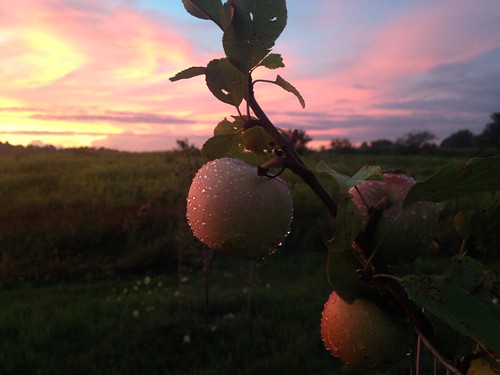

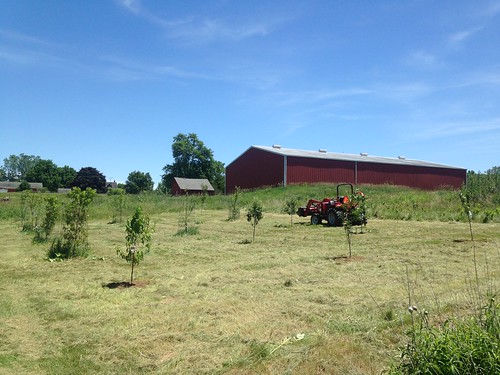


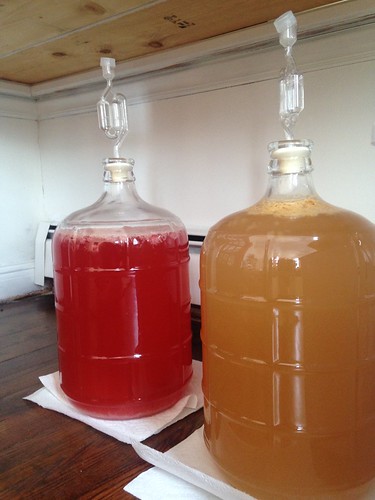
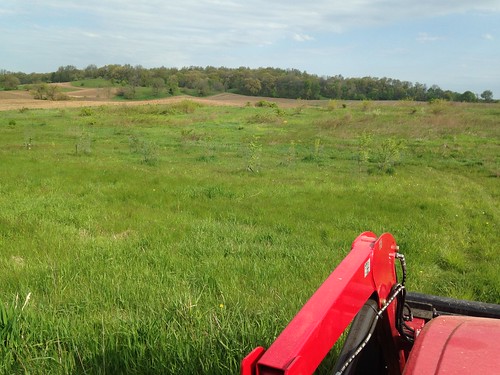
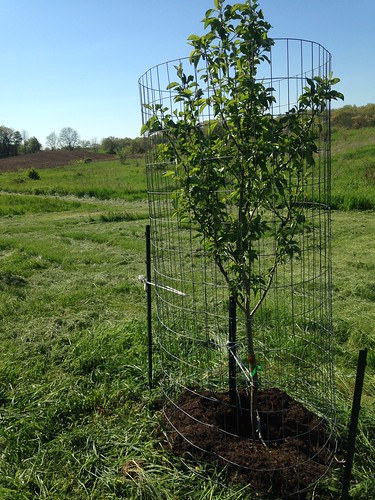
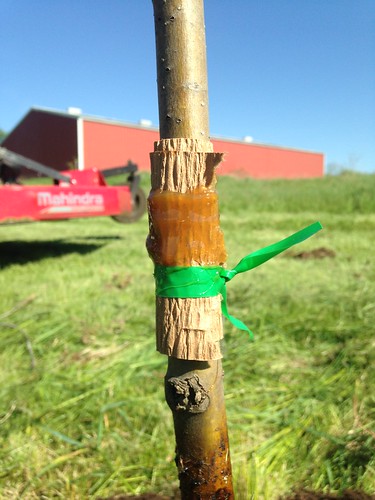
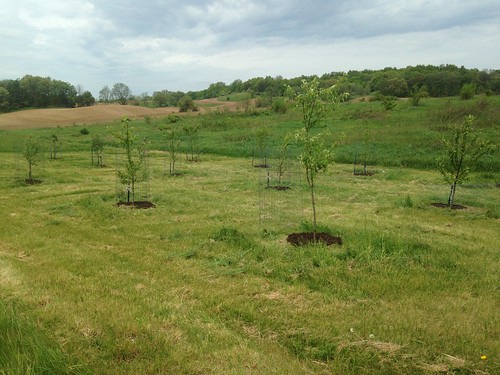
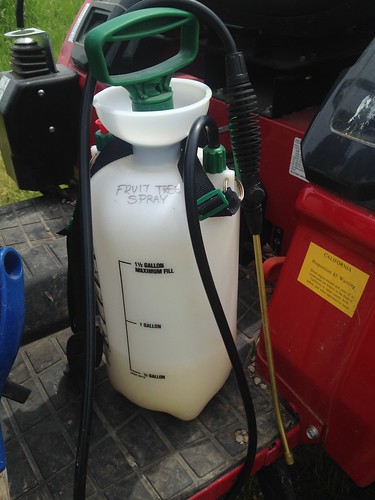

No comments:
Post a Comment